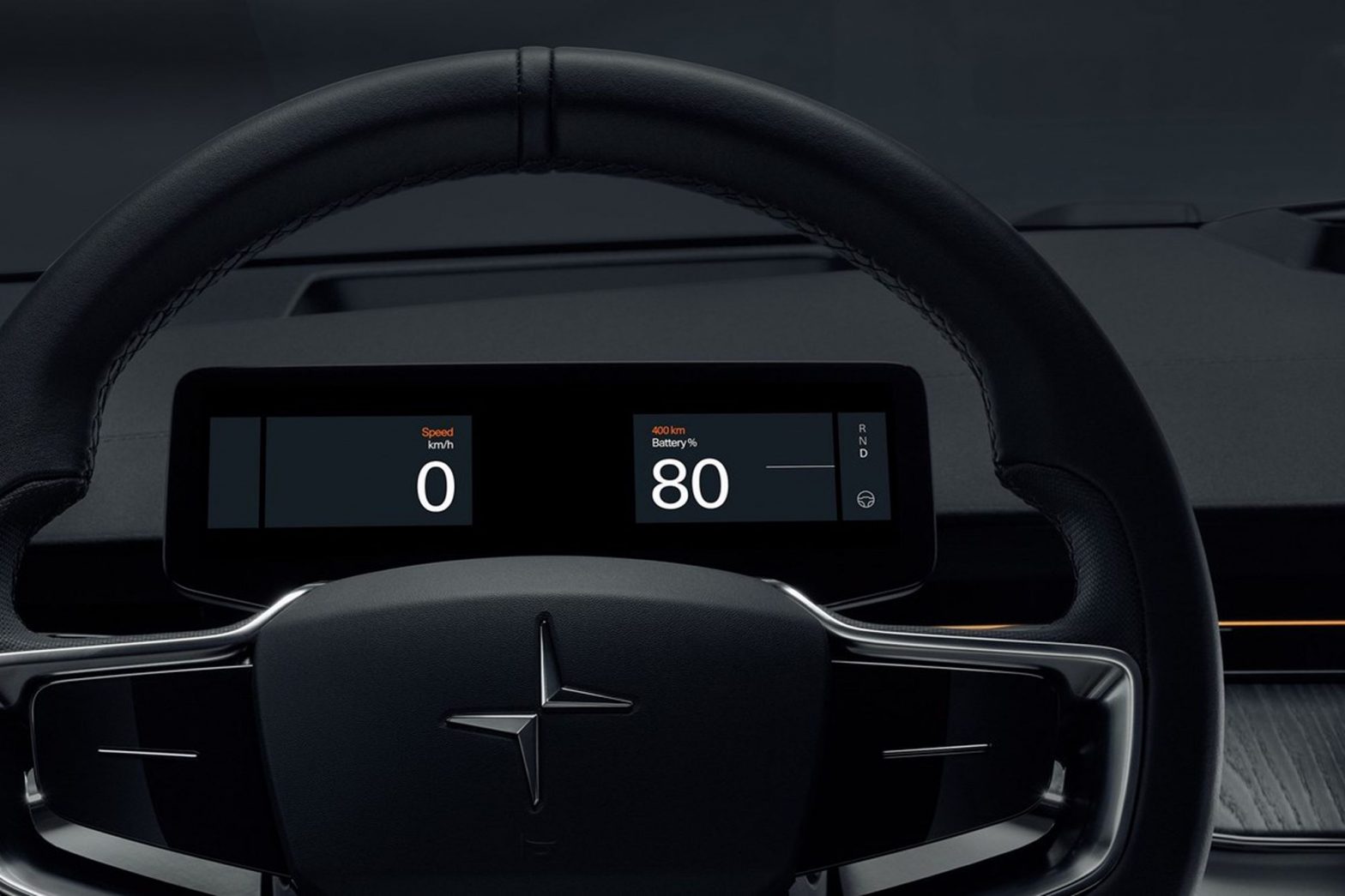/
The Swedish EV maker will use a camera-based driver-monitoring system from Smart Eye to ensure drivers stay attentive and engaged in the driving tasks.
/cdn.vox-cdn.com/uploads/chorus_asset/file/24297098/662444.jpg)
As cars add more and more automated driving features, how can car companies be certain these systems won’t be misused to wreak havoc on our roads?
They can’t, actually. That’s why more and more cars with driving-assistance systems are keeping an eye on the human behind the wheel, as well as what’s ahead on the road.
Volvo and Geely’s electric car venture Polestar has announced that audiences at CES will get a taste of the newest driver-monitoring system from Swedish technology company Smart Eye. That technology will be found on the upcoming Polestar 3, the company’s upcoming mass-market electric crossover and ostensibly its most important vehicle to date.
More importantly, driver-monitoring Smart Eye technology will be a standard feature on the Polestar 3, in keeping with Volvo’s longstanding reputation for building cars with a safety edge over the competition. (The Polestar 3’s platform mate, the electric Volvo EX90, is also launching with a dual-camera eye-monitoring safety system.)
Polestar says the driver-monitoring system features two closed-loop cameras aimed at the driver. These cameras monitor head, eye, and eyelid movements. Data from Smart Eye’s software is sent to the car’s Nvidia-powered central computer, allowing it to detect if a driver is drowsy, distracted or otherwise incapacitated. It can even go so far as to trigger an emergency stop function. CES-goers will be able to experience some of this personally with an eye-tracking demo at the Smart Eye stand.
“This technology addresses some of the main reasons behind fatal accidents and can help save lives by prompting the driver to refocus attention on the road—and can initiate preventive action when they don’t, or can’t,” said Thomas Ingenlath, Polestar’s CEO, in a news release today.
Smart Eye already supplies eye-tracking technology to more than a dozen automakers like BMW and Audi, as well as entities like NASA and Boeing, and the company claims more than one million cars on the road are already using its technology.
More and more, it appears that driver-monitoring systems will go hand in hand with the increasing prevalence of semi-autonomous driver-aid systems. Most automakers are keen to avoid the kinds of high-profile mishaps, fines, and lawsuits that have dogged Tesla’s Autopilot as they put these features on the road. And though regulation has been slow to arrive, it’s ultimately inevitable.
Last year, Tesla even added driver-monitoring cameras to its vehicles. Similar systems are also in place for General Motors’ Super Cruise, BMW’s Traffic Jam Assist (but only at sub-highway speeds), Ford’s BlueCruise and certain other models.
Not all of them are created equal, however. Earlier this year, Consumer Reports wrote about what it called “serious flaws” with some systems, such as the fact that Tesla’s Autopilot can still be used if it’s covered up or that Subaru and BMW’s setups can be turned off entirely. Only GM and Ford received top marks from the publication. If this system is as good as Polestar claims, it has a fairly low bar to clear here compared to much of its competition.
It’s safe to say 2022 hasn’t been a great year for autonomous vehicle technology in general, whether it was for fully autonomous systems, robotaxis, or features on commercially available cars. Argo AI, one of the more promising driverless tech startups and a company backed by Ford and Volkswagen, went out of business. Tesla’s Autopilot is under more scrutiny than ever, to the point where it’s facing a class-action lawsuit from customers who paid for “upgrades” that have yet to materialize (and the company is even apparently backtracking and adding radar back to its cars). And today, the federal National Highway Traffic Safety Administration announced it is opening an investigation into GM’s robotaxi division Cruise after repeated complaints of the test cars becoming “unexpected roadway obstacles.”
This year will likely be remembered as the beginning of a hangover phase for driverless tech, following a half-decade of hype where automakers and tech startups alike claimed that fully self-driving cars were just around the corner. To date, no commercially available cars on the road are completely “self-driving,” even if some automakers claim they are or will be.
That doesn’t mean the autonomous car race is over — far from it. The more likely outcome is that automated driver-assistance systems will continue to evolve and be refined over time. The companies behind them will keep working on ways to make them safer and do more. But the promise of breaking up with a steering wheel and pedals is probably many decades further from the promise of breaking up with gasoline.
In the meantime, drivers in any new car should keep their hands on the wheel and their eyes on the road — and cars like the Polestar 3 will make sure that they do.
